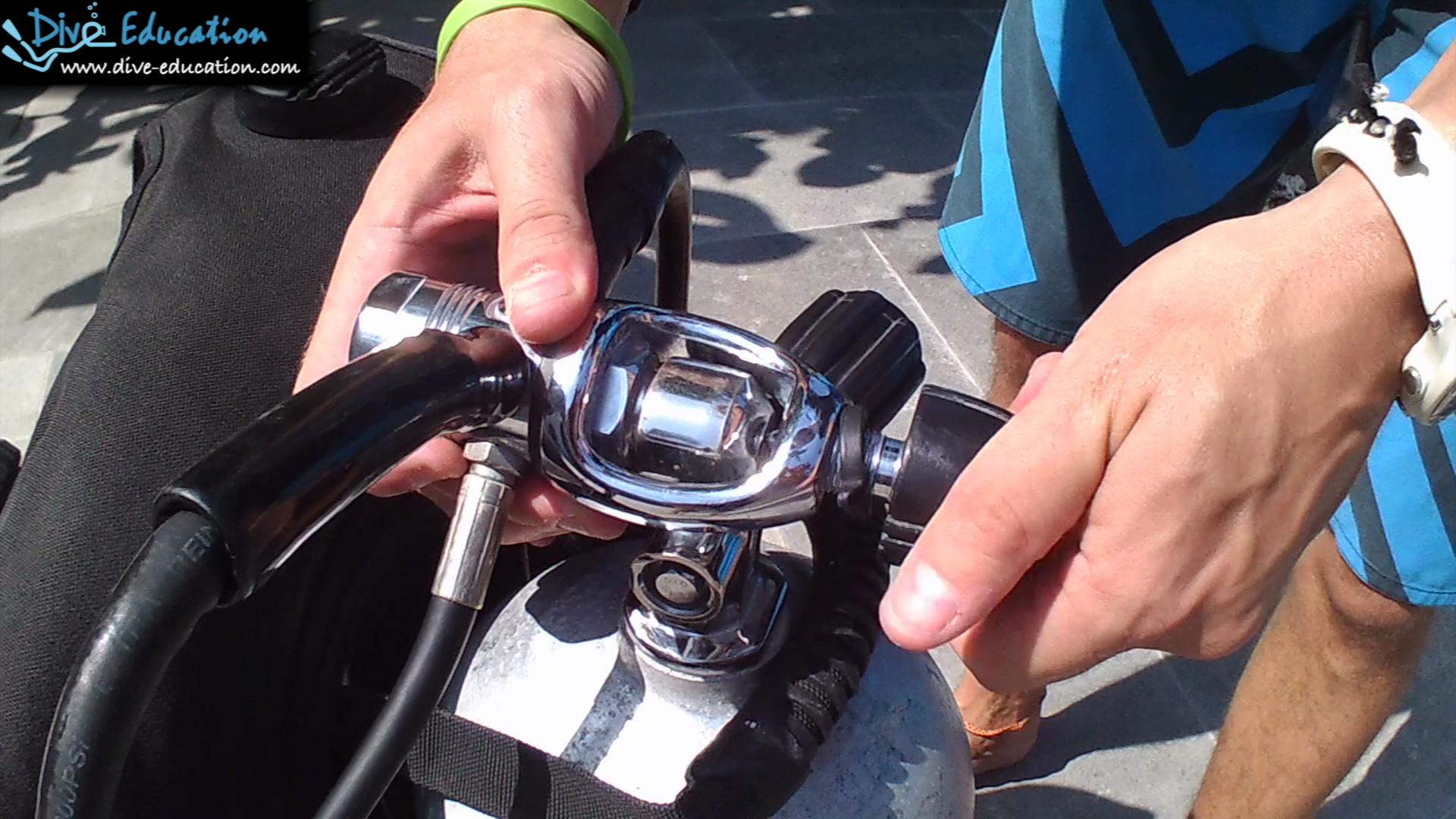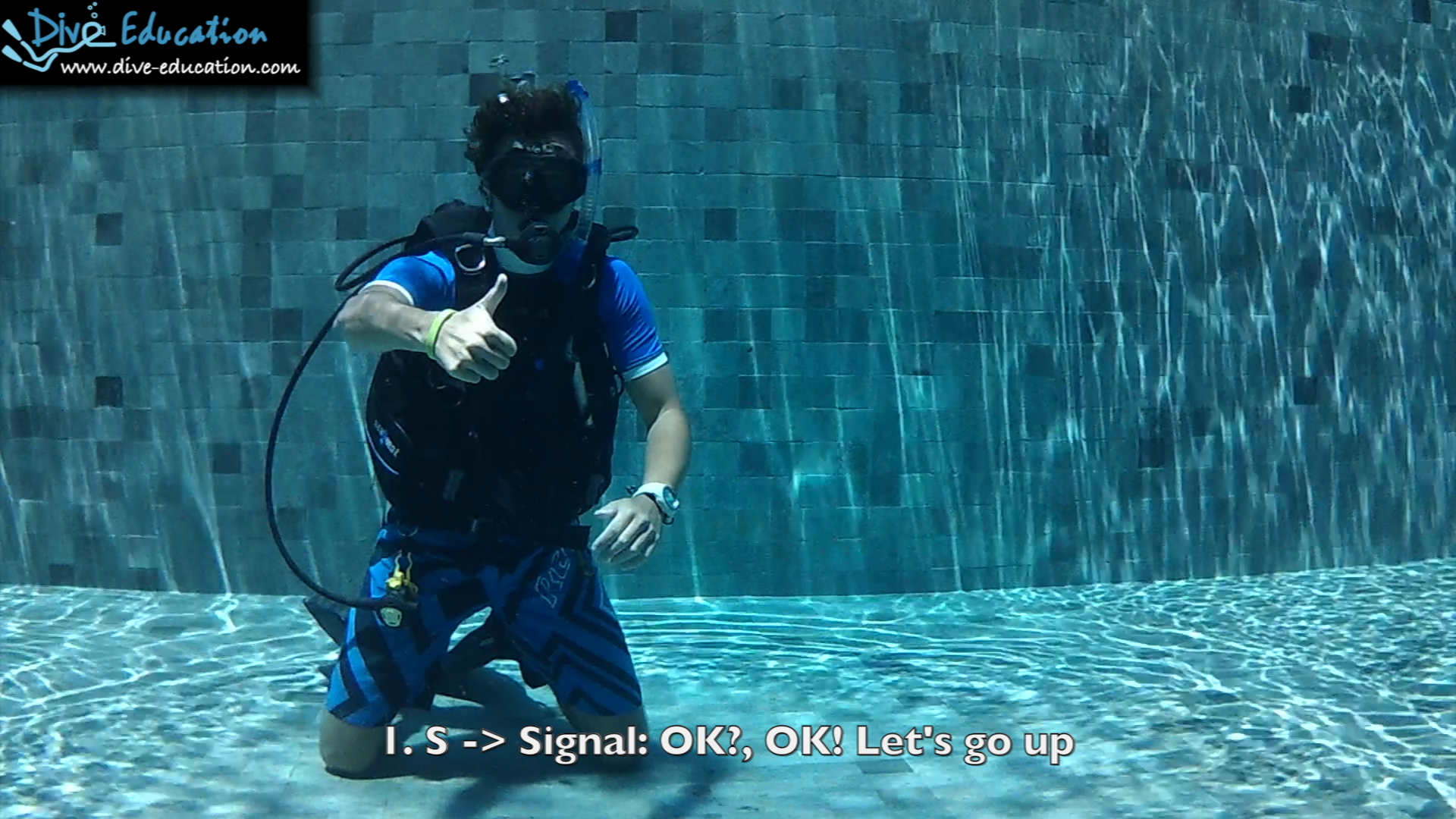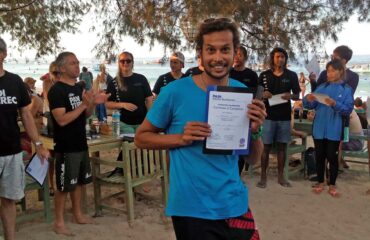
Why are the steps so important?
Either you are taking your PADI Divemaster Course or your PADI Instructor Development Course, you will have to reach a good level in demonstrating the 24 Skills of the PADI Skill circuit. The reason is pretty obvious, you want to be able to demonstrate it in the best possible way, to make sure future students in front of you will be able to see it and take the most out if it. This is absolutely true, but let’s scratch a bit underneath this obviousness and see why it is really important to know in details the skills and the steps that compose it.
First of all, let’s imagine you want to tell a story to someone. In your head you already know how it ends, you know the characters and what happen to each one of them, but the person listening doesn’t know. In order to properly tell the story, you need to start with explanations about the context, the characters, the situation; after that you explain the events that bring the story through the development until reaching the end. Demonstrating a skill is a bit the same, and you want to consider that steps are the milestones events in your story. For this reason, knowing the steps of the skills is crucial in order to be able to perform a proper demonstration.
At this point you may think “true, but I am not reading anything new”. Well if you are thinking so, is a good start, it means you already are well advanced in your development, however, the importance of knowing the steps is not only crucial for the demonstration itself…
Steps not only help you breaking the demonstration in small phases and therefore make it easy to demonstrate it, but also help you finding, anticipating and correcting mistakes student do during their required performance, help you preparing briefings, allow you prepare a better communication under water, and help you be aware about the critical aspect of each skill.
Really? How are the steps going to help me in all those aspects?
As first point knowing by heart the steps of the skill circuit allows you to be calm while demonstrating it. You will be evaluated and you will receive a:
1 if you are not able to perform it
2 if you perform it with significant difficulty or error
3 if you perform it correctly but to quickly to adequately show the details (steps) of it
4 if you perform it correctly and slowly enough to adequately show the details (steps) of it
5 if you perform it correctly, slowly and with exaggerated movements while showing the details (steps) of it*.
Therefore, you can easily understand the importance of knowing the steps.
(* For the skills regulator recovery and mask removal, replacement and clearing you will have to demonstrate it while neutrally buoyant in order to receive a 5).
Secondarily a good familiarity with the steps of a skill will allow you to integrate in your briefings specific hand signal that will allow you to quickly communicate to the student that they are doing a mistake, forgetting it, or encountering a problem in that specific step. Imagine you are teaching a skill, after demonstrating it to a student, he/she is performing it and does a mistake, if during the briefing you did not explained a specific hand signal to correct that problem you may get out of the situation trying communicating with the student (if the student is quick and pick it up) but most likely you will have to go up, explain and go down again, delivering a poor experience for the student. For this reason steps are crucial while delivery briefings, integrating it in your explanation with hand signals used to communicate it if the problem occur.
At last but not least, knowing the steps (and critical moment) of the skill allows you to be particularly aware about “where to predominantly watch” and pay good attention in order to quickly solve, anticipate problems and or avoid situation where the student could feel uncomfortable or in difficulty during your in-water presentation.
During the IDC you learn what are the possible and most common mistake student encounter (there is a specific section in the PADI guide to teaching about it), you learn how to prepare a briefing and how to communicate underwater with your students, however knowing the steps of the skill before the start of the IDC will give you a good advantage once you will be taking your IDC. For this reason, I highly recommend you to keep reading this article and put a good amount of effort in being spot on, knowing the skills and their steps. It will be gold knowledge in your future as a PADI Instructor.
How to prepare your demonstration in the best possible way?
As in every area, exercising make perfection, so I am not telling you anything new when I say that in order to prepare your demonstration you need to demonstrate, repeat, drill it, repeat until it “becomes yours”. However, there are a few things that could make this process easier and faster…
As first step watch the Video del circuito degli skills PADI. I prepared this video in which you can see the steps can be used for each skill. You will end up watching this video more than once, but during the first time try to steal those point that in your head may be “rusted” (if you have already done the skill circuit before) or maybe are “surprising you” (if you have never seen it before).
Once you have done it, watch it another time, but this time with pen and paper; write down the steps (writing it, putting effort in writing it, will help you developing the memory), stop the video (re-watch it if necessary) and make sure you do not forget any step, including minimum time or distances. This will help you remembering but also, at the end, you will have a piece of paper with all the steps that you need for the demonstrations. This will be very useful while you will be preparing your presentations.
As next step, try to present the all the skills, one by one, (to a friend or in front of a mirror) very, very slowly. Repeat it as many times as you need in order to remember all the steps. Take advantage of doing it slowly but not forgetting any step. If you do it slowly, thinking about every single step, after a couple of times you should start remembering it and suddenly you will notice you will be demonstrating the skills perfectly. Do not pretend to do it all in once, do one skill at the time, do it slowly and with precision in order to build the motor skill in your body.
The next step is to prepare yourself in order to get all 5s in the demonstration; at first another time dry and then gear up, jump in the water with another diver or a fellow candidate and present the skills at a very slow paste, point out all the steps (that at this point you will know by heart) and make exaggerated movements, this will end in a demonstration that looks “easy” to do (this it is what your students want to “feel” while watching you). If you want to make it more challenging demonstrate the skills while neutral buoyant, (but do not make it a priority); remember for the skills regulator recovery and mask removal, replacement and clearing you will have to demonstrate it while neutrally buoyant in order to receive a 5.
Is this a perfect example and the only way you should demonstrate the skills? No. This is an example, a good starting point. During the IDC you will develop it and fine tune it. It is important that the student sees the critical points, learns how to perform the skill in order to meet the requirement. But is something we will see during the IDC…
At last but not least remember:
– be patient it is not easy at the beginning;
– the more effort you put in this now the more advantage you get back once you will be teaching;
– do it slowly, nobody will ever tell you “your demonstration was to slow”
– always put yourself in a position that allow the student to see you and the critical aspect of the skill.
“Watching a child makes it obvious that the development of his mind comes through his movements”-
Maria Montessori








